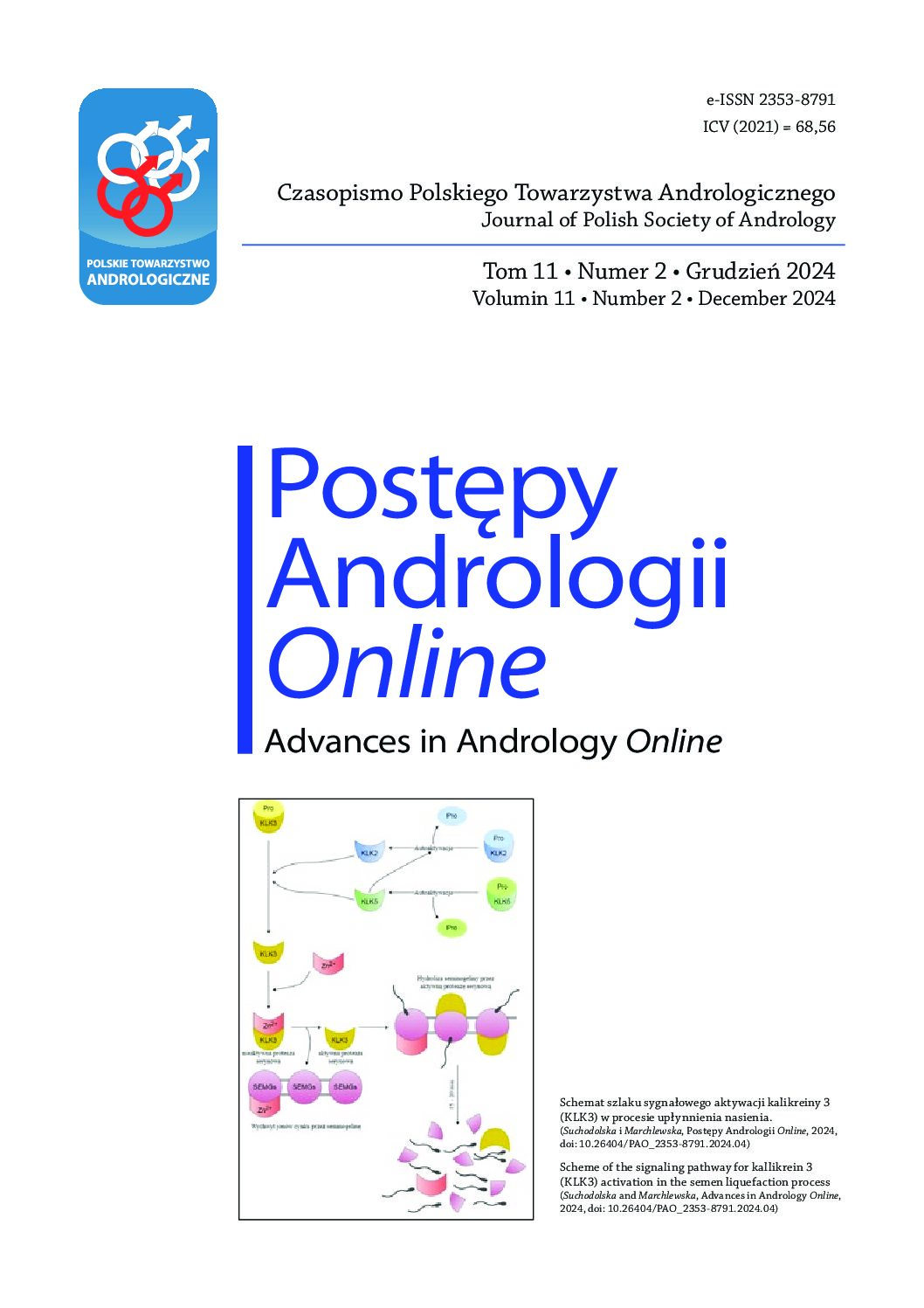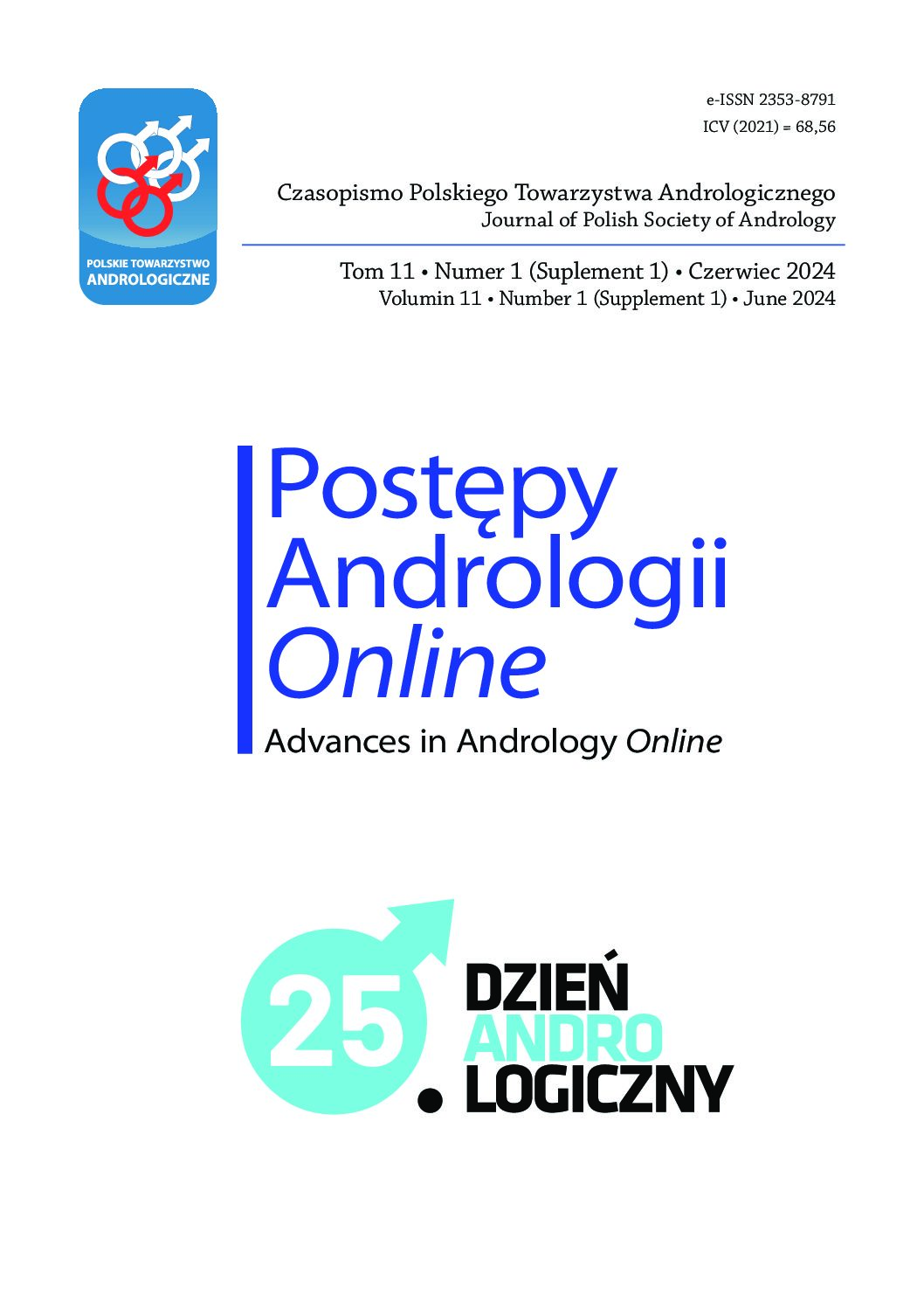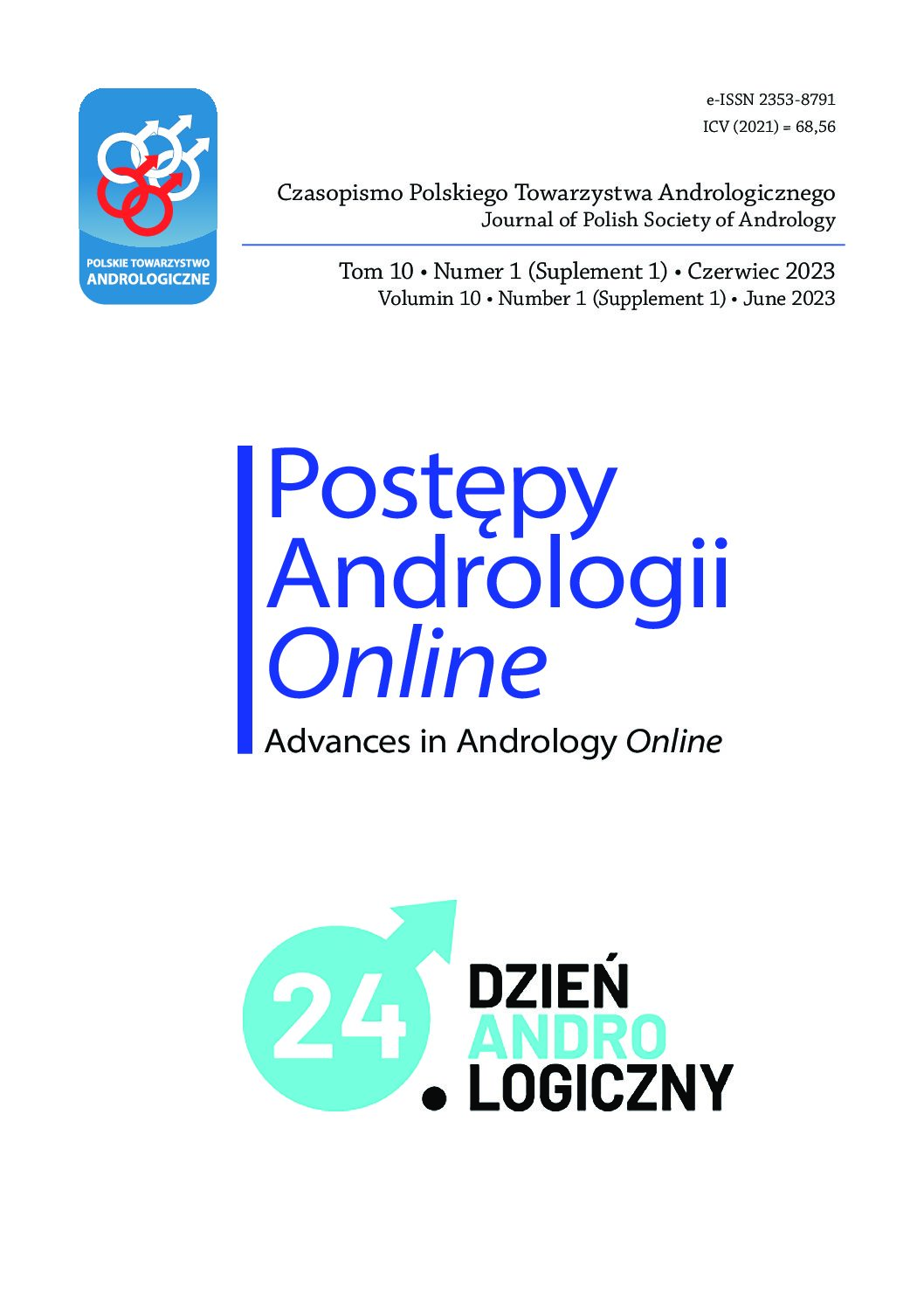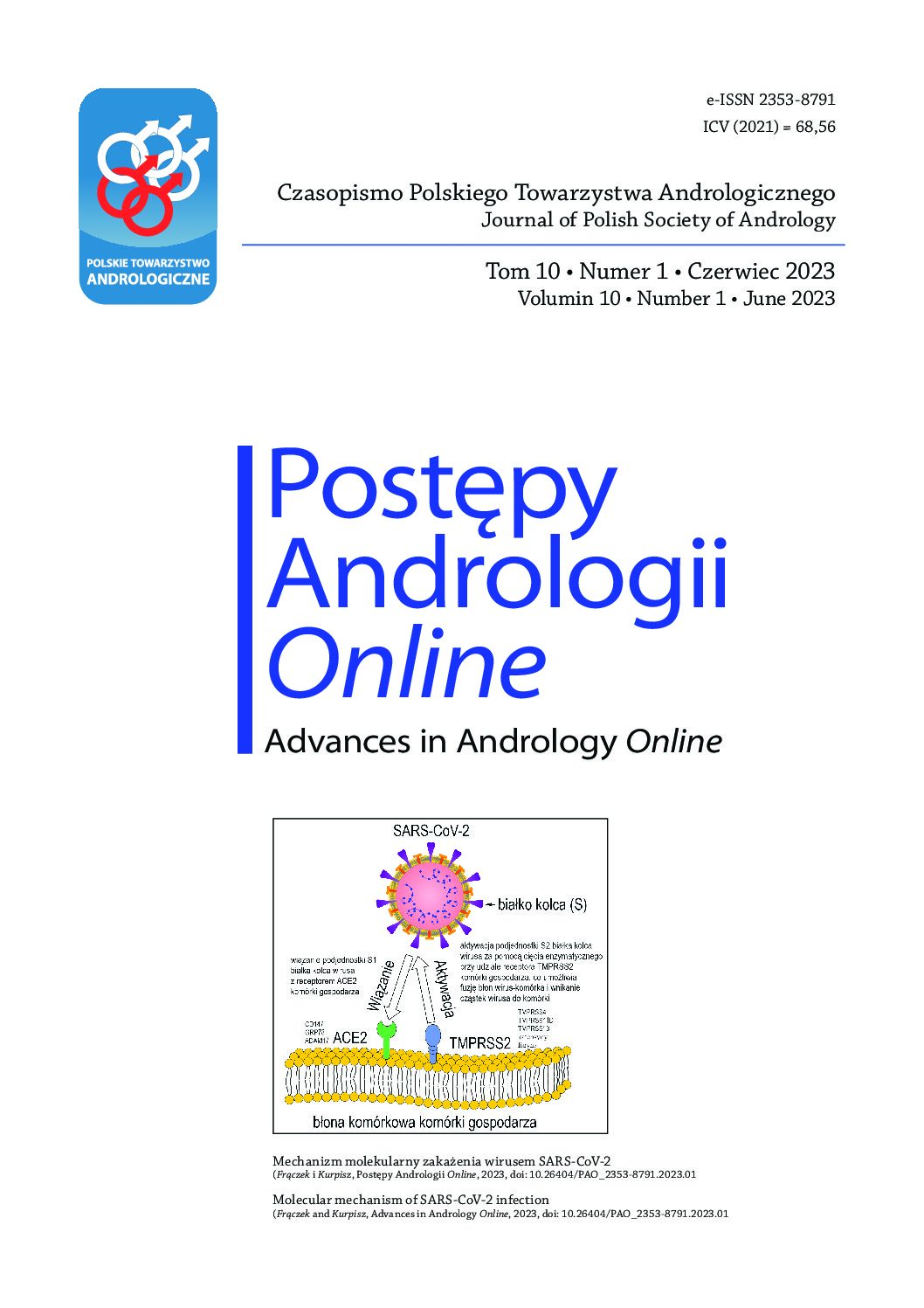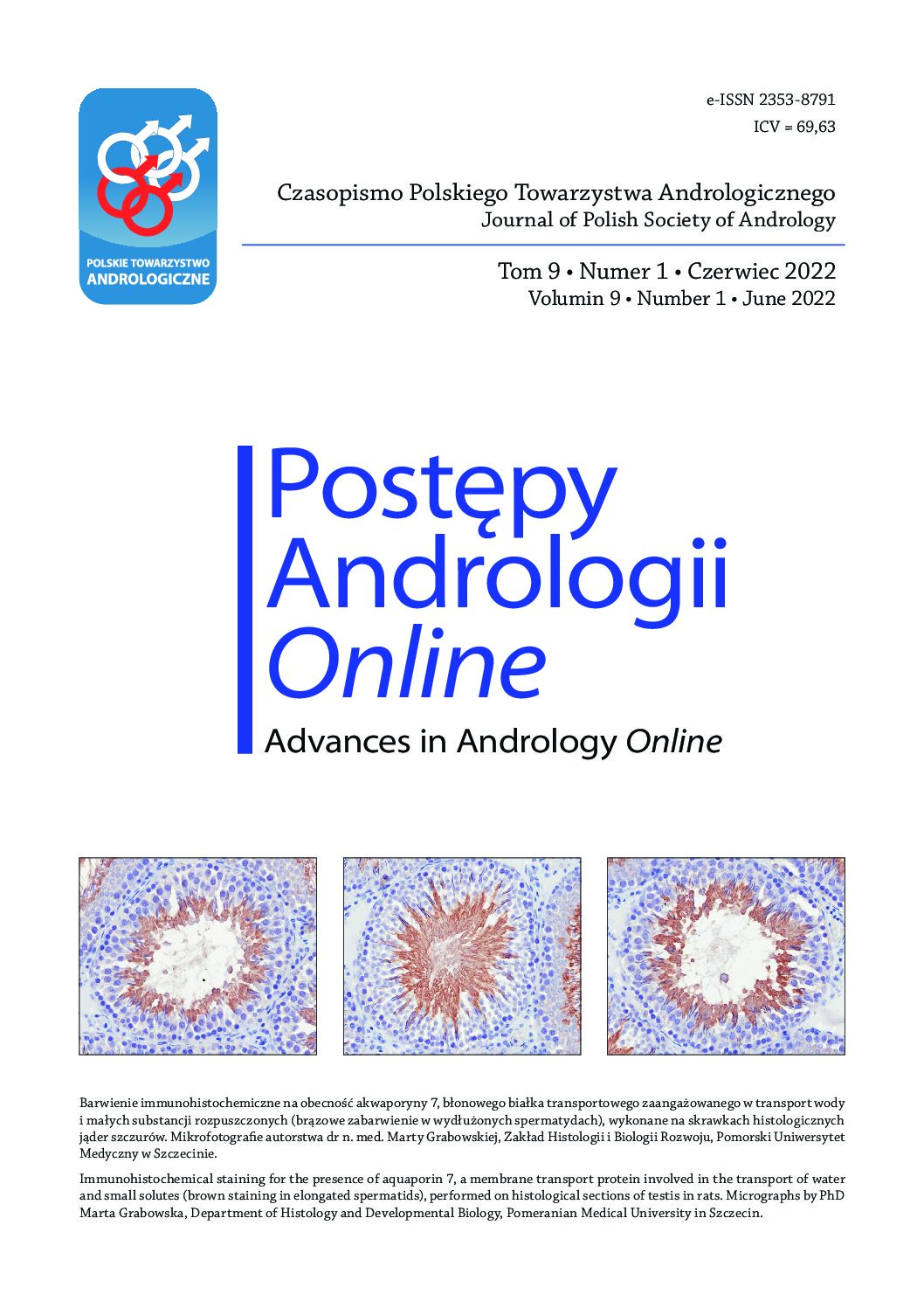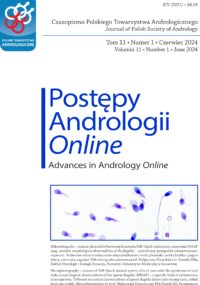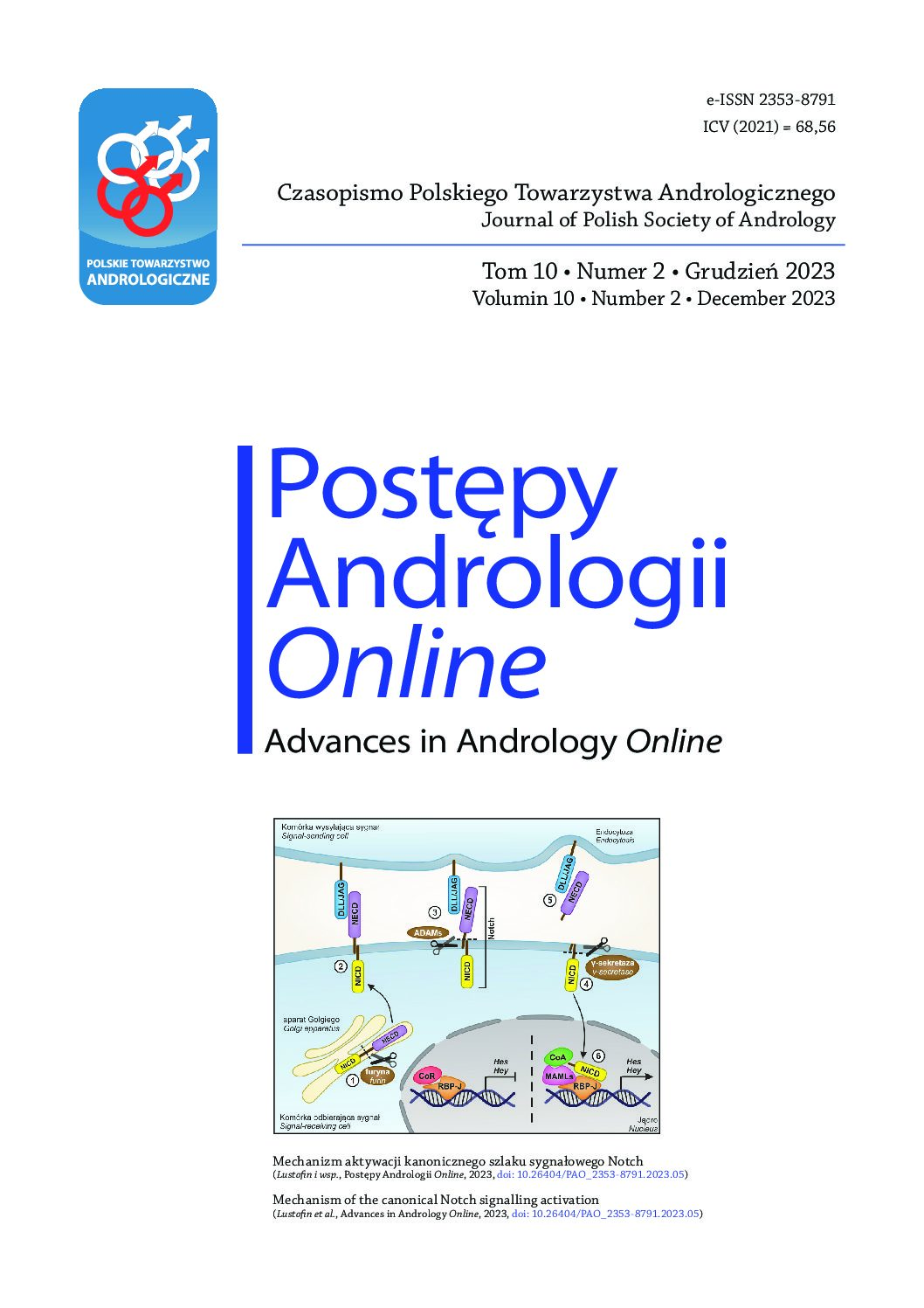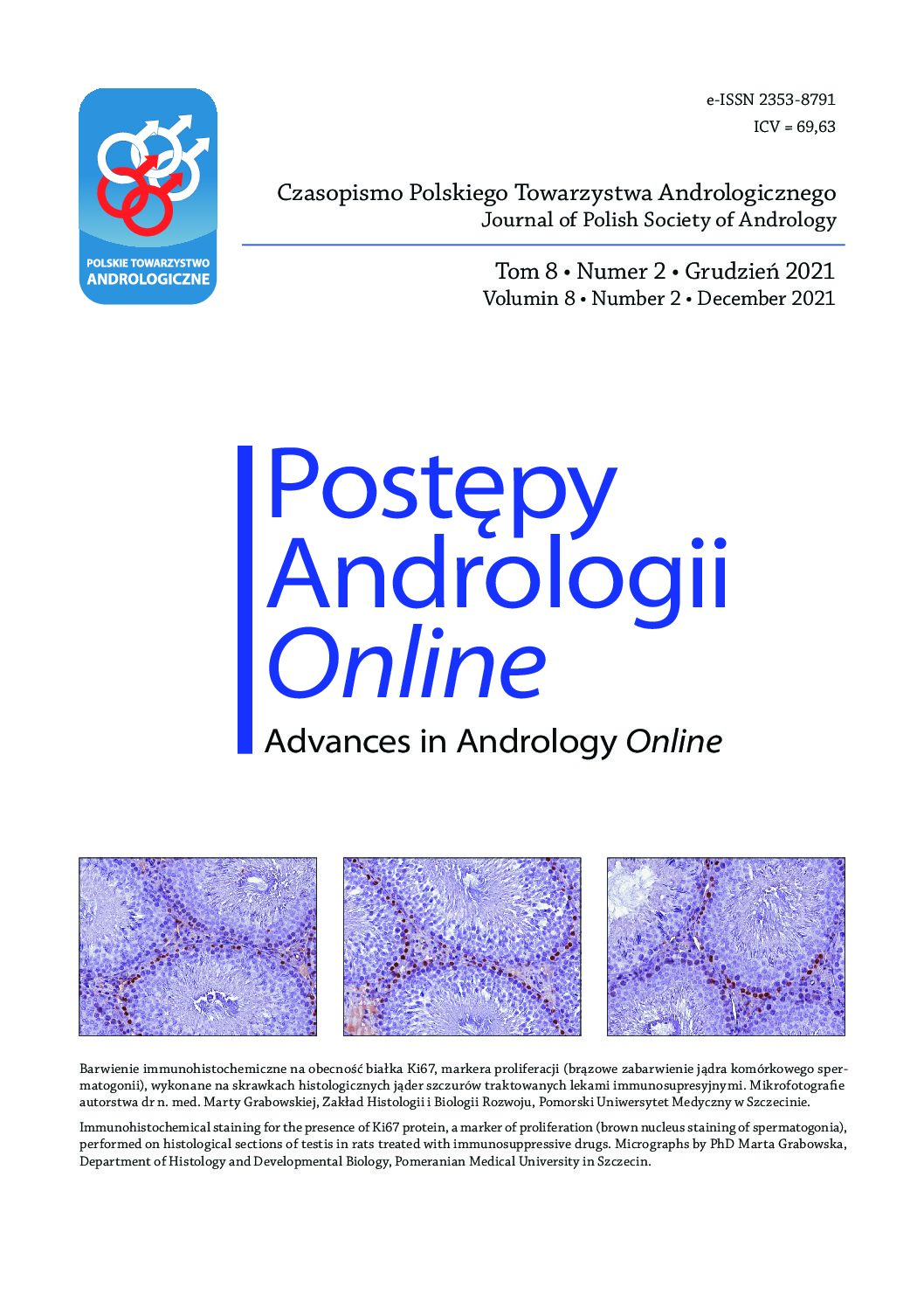Distribution of european paternal lines
The use of molecular methods such as DNA microarrays, genome‑wide association studies, or next generation sequencing offers new opportunities for a detailed analysis of the genetic diversity of the population, both in the Europe and worldwide, and brings closer the explanation of intriguing phenomena in their demographic history. In recent years, the number of markers used in population and phylogenetic studies coupled with an Y chromosome has increased significantly. A large number of polymorphic locci within nonre‑ combining haplotype, the phenomenon of genetic drift and a lower rate of migration of men compared to women in the case of the Y chromosome are an invaluable tool in the studies of species’ evolution. It was found that among the world’s population the highest level of diversity of Y haplogroup have populations of western and central Asia (0.824 and 0.769, respectively) and the lowest of European populations (0.633). Selected information about variability within the Y chromosome that contributes to explaining and understanding the impact of historical events on the genetic diversity of European populations was described in the article. The presented findings derive from studies based on high throughput molecular methods. It should be noted though that many researchers analyse only small groups of the selected genetic markers and single nucleotide polymorphisms, which is a major difficulty when comparing the selected populations.
